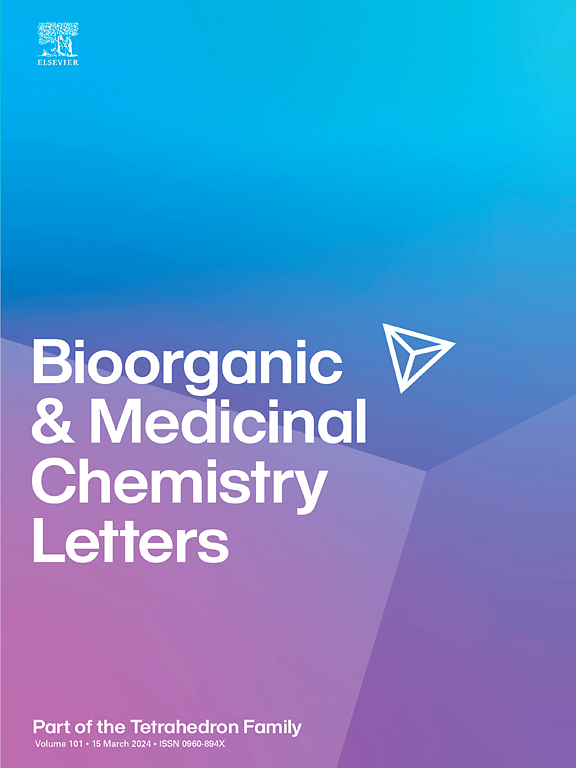Classifying covalent protein binders by their targeted binding site
IF 2.5
4区 医学
Q3 CHEMISTRY, MEDICINAL
引用次数: 0
Abstract
Covalent protein targeting represents a powerful tool for protein characterization, identification, and activity modulation. The safety of covalent therapeutics was questioned for many years due to the possibility of off-target binding and subsequent potential toxicity. Researchers have recently, however, demonstrated many covalent binders as safe, potent, and long-acting therapeutics. Moreover, they have achieved selective targeting among proteins with high structural similarities, overcome mutation-induced resistance, and obtained higher potency compared to non-covalent binders. In this review, we highlight the different classes of binding sites on a target protein that could be addressed by a covalent binder. Upon folding, proteins generate various concavities available for covalent modifications. Selective targeting to a specific site is driven by differences in the geometry and physicochemical properties of the binding pocket residues as well as the geometry and reactivity of the covalent modifier “warhead”. According to the warhead reactivity and the nature of the binding region, covalent binders can alter or lock a targeted protein conformation and inhibit or enhance its activity. We survey these various modification sites using case studies of recently discovered covalent binders, bringing to the fore the versatile application of covalent protein binders with respect to drug discovery approaches.

根据目标结合位点对共价蛋白结合物进行分类。
共价蛋白靶向是蛋白质表征、鉴定和活性调节的有力工具。由于可能脱靶结合和随后的潜在毒性,多年来共价疗法的安全性一直受到质疑。然而,研究人员最近证明了许多共价结合剂是安全、有效和长效的治疗方法。此外,它们在具有高结构相似性的蛋白质之间实现了选择性靶向,克服了突变诱导的抗性,并且与非共价结合物相比获得了更高的效力。在这篇综述中,我们重点介绍了共价结合剂可以解决的靶蛋白上不同类型的结合位点。在折叠时,蛋白质产生各种可用于共价修饰的凹陷。对特定位点的选择性靶向是由结合袋残基的几何和物理化学性质的差异以及共价修饰剂“战斗部”的几何和反应性驱动的。根据战斗部的反应性和结合区的性质,共价结合物可以改变或锁定目标蛋白的构象,抑制或增强其活性。我们使用最近发现的共价结合物的案例研究来调查这些不同的修饰位点,将共价蛋白结合物在药物发现方法方面的通用应用带到前面。
本文章由计算机程序翻译,如有差异,请以英文原文为准。
求助全文
约1分钟内获得全文
求助全文
来源期刊
CiteScore
5.70
自引率
3.70%
发文量
463
审稿时长
27 days
期刊介绍:
Bioorganic & Medicinal Chemistry Letters presents preliminary experimental or theoretical research results of outstanding significance and timeliness on all aspects of science at the interface of chemistry and biology and on major advances in drug design and development. The journal publishes articles in the form of communications reporting experimental or theoretical results of special interest, and strives to provide maximum dissemination to a large, international audience.

 求助内容:
求助内容: 应助结果提醒方式:
应助结果提醒方式:


